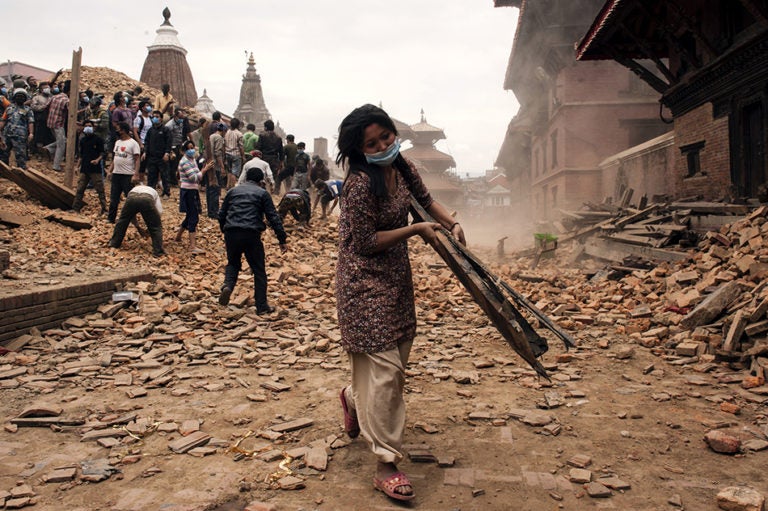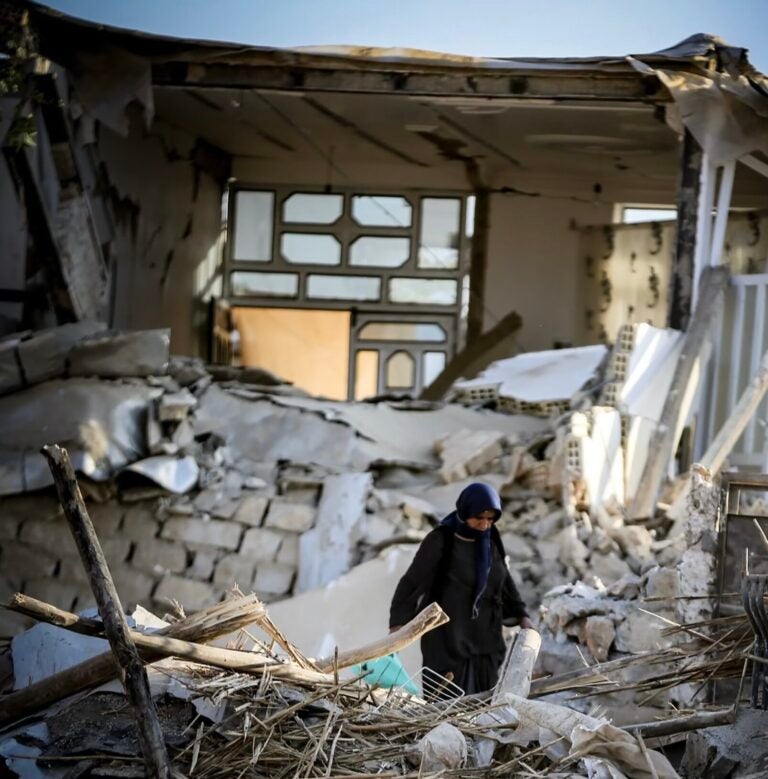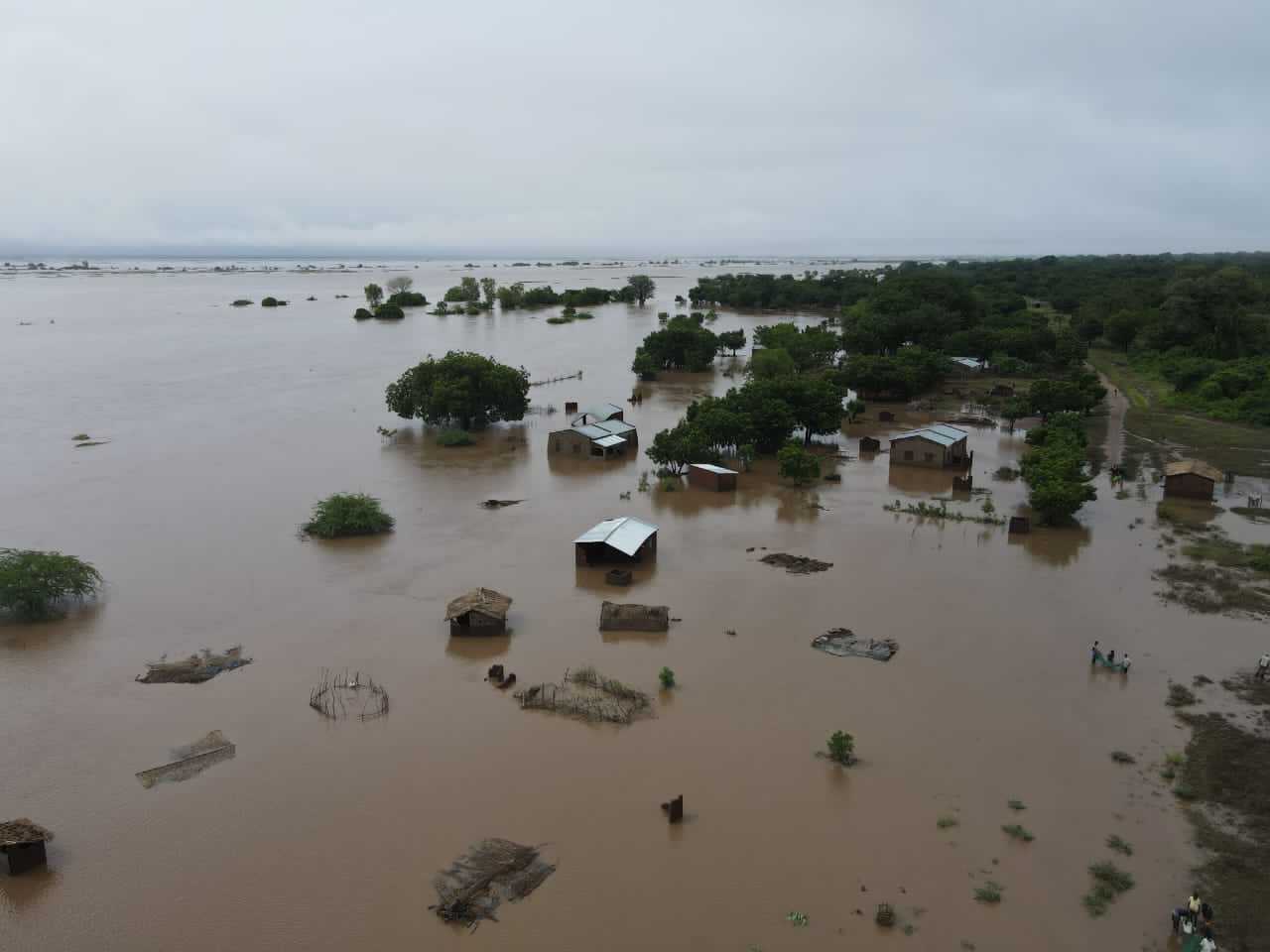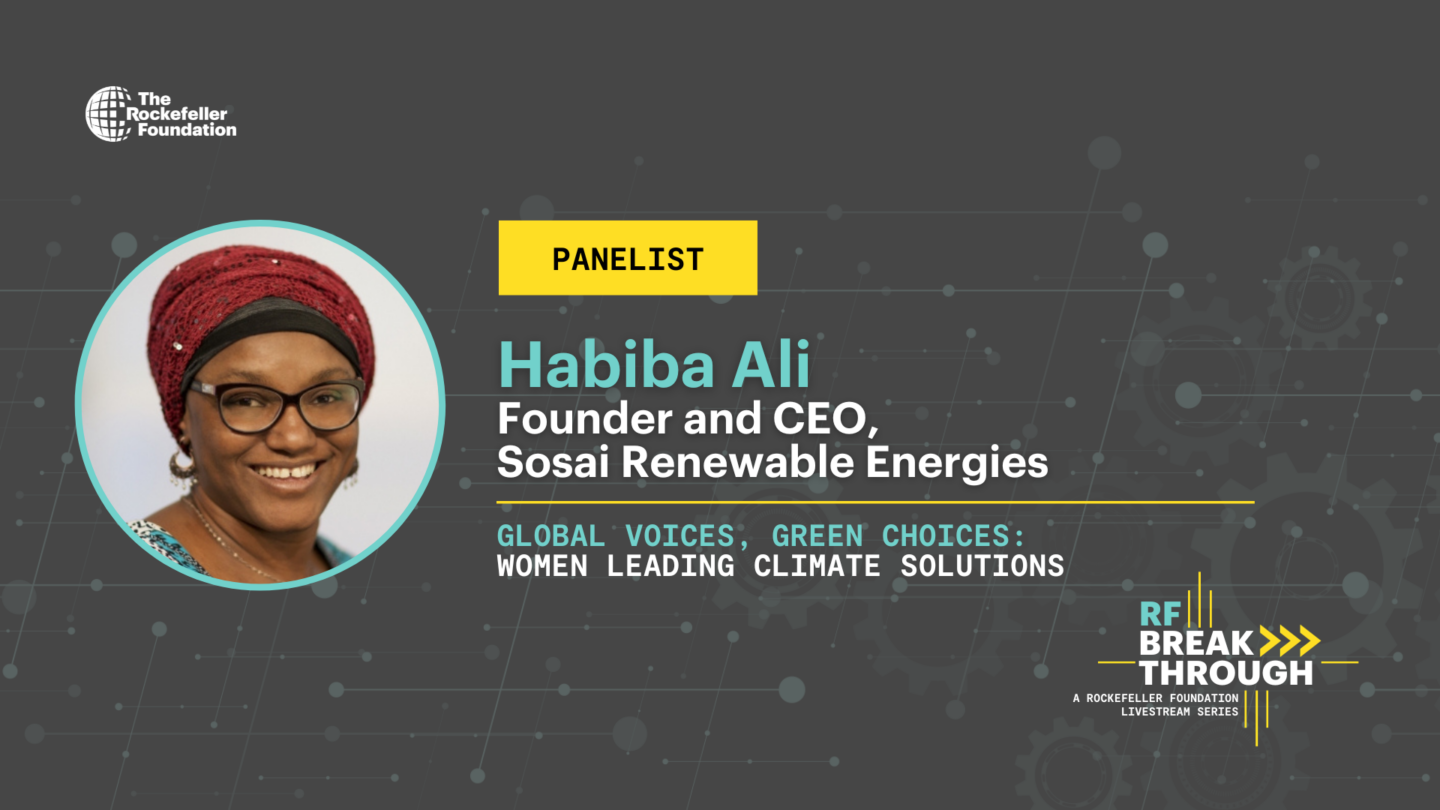A family living near the coast in northern Barbados grapples with higher stroke risks caused by saltwater intrusion in freshwater sources.
A community in the mountains of Nepal battles an outbreak of dengue cases, far more frequent now due to changing weather patterns.
A pregnant woman in rural Uganda joins a growing list of mothers giving birth prematurely due to the impact of extreme heat.
These are not scenarios from the future. These are among some 3.3 to 3.6 billion people worldwide – more than 40 percent of the global population – facing heightened health risks now as a result of climate change’s fingerprints, particularly rising temperatures and more frequent and severe storms.
- ~0BillionBillion
people globally face heightened health risks due to climate change
- 0%%
of national climate action plans (Nationally Determined Contributions) include health considerations
- 0%%
of overall climate funding is dedicated to improving health outcomes

To save lives, communities need the resources to move from reactive to proactive approaches in response to these health threats. However, they face large hurdles in accessing money.
More than 90 percent of national plans focused on climate mitigation include health considerations, up from 70 percent in 2019.
Despite this, only 2 percent of adaptation funding and 0.5 percent of overall climate funding is dedicated to improving health outcomes.
Without confronting the many challenges that exist within the climate-health financing space, countries will continue to struggle to invest in health with a climate lens.
That’s why we and our partners have developed a set of principles meant to drive collaboration, coordination, and coherence in climate and health financing.
Ten Principles to Mobilize and Target Health Climate Funding
Countries often struggle with fragmented, inadequate, and challenging access to financing for climate and health initiatives, hindering the implementation of solutions.
But climate funding and health funding shouldn’t be an either/or scenario. Rather, we need to adapt systems to leverage the co-benefits of both, enhancing the effective use of funds to impact health, climate, and their interconnected outcomes.

With more effective use of funds, we can document the impact to advocate for the additional funding that is so sorely needed.
With our partners, including the COP28 Presidency, the Global Fund, the Green Climate Fund, and the World Health Organization, we developed 10 Guiding Principles for mobilizing climate and health funding and equitably targeting health issues triggered or worsened by climate change.
The Guiding Principles were announced during the World Climate Action Summit at COP28 during the forum’s first-ever Health Day, and were referenced by various partners alongside more than USD 400 million in commitments to the climate and health space.”
The idea, simply put, is to make sure we prioritize more easily accessible funding that aligns with country plans and priorities for those most vulnerable to climate-aggravate health impacts, and that we help direct both new and additional financing to solutions that reduce that vulnerability. The Guiding Principles are a strong start to ensuring this approach.
A Deeply Consultative Process
The Guiding Principles were refined first during the U.N. General Assembly at a roundtable meeting with countries, financing institutions, and civil society organizations, and then over a series of consultations held with more than 50 partners including development banks, multilateral funds, philanthropies, country representatives, and civil society partners.
This deeply consultative process was designed to make sure the Guiding Principles reflect the needs and priorities of countries and communities, the shared mission of financing partners, and the mutual interests of a growing climate and health community.
Malawi was one of the first signatories. The country was ravaged this year by Cyclone Freddy, one of the most powerful, deadly, and long-lived tropical cyclones ever recorded.
“It’s high time that world leaders look at the issues of health and climate change in a holistic manner, and draw solutions for mitigating the impact of climate change on health,” said Malawi’s Health Minister Hon. Khumbize Kandodo Chiponda, MP.
In June this year, we met with Health Ministry officials in Kampala, Uganda, who shared deep concerns about how climate change often reduces access to much-needed healthcare for already vulnerable communities.
The impact of deadly flooding and mudslides was widely apparent. Extreme weather has destroyed health facilities, knocked out water and electricity, and damaged roads used to distribute health supplies.
While easier said than done, there are options when it comes to building health systems’ resilience against climate-aggravated health threats.
This could include proactive distribution and use of medical supplies that reduce health risks, social and behavior change communication efforts to share risks and protection mechanisms, or strengthening early warning systems so that health and other social safety net systems have more time to protect and prepare.
Although each region’s fight against climate change will look a little different, the Guiding Principles are aimed at improving efficiency, effectiveness, and equity around climate and health financing.
The Urgency of Now
Our work with our partners over the last six months has been about getting the content right and working towards consensus. But in nearly every aspect, we’ve only just begun. Much can be done to better prepare societies and the health systems that serve them as they duel with climate change.
But this requires the buy-in, coordination, and dedication of climate and health stakeholders to make financing available that aligns with these needs.
The bottom line is this: The World Health Organization has recognized climate change as one of the most significant threats to human health. And if you aren’t healthy, you can’t be a parent, you can’t hold a job, you can’t contribute to your community.
We must act urgently to help humanity live better and healthier in a warming world. This starts with ensuring that countries and communities have the tools and resources they need to protect the most vulnerable.




